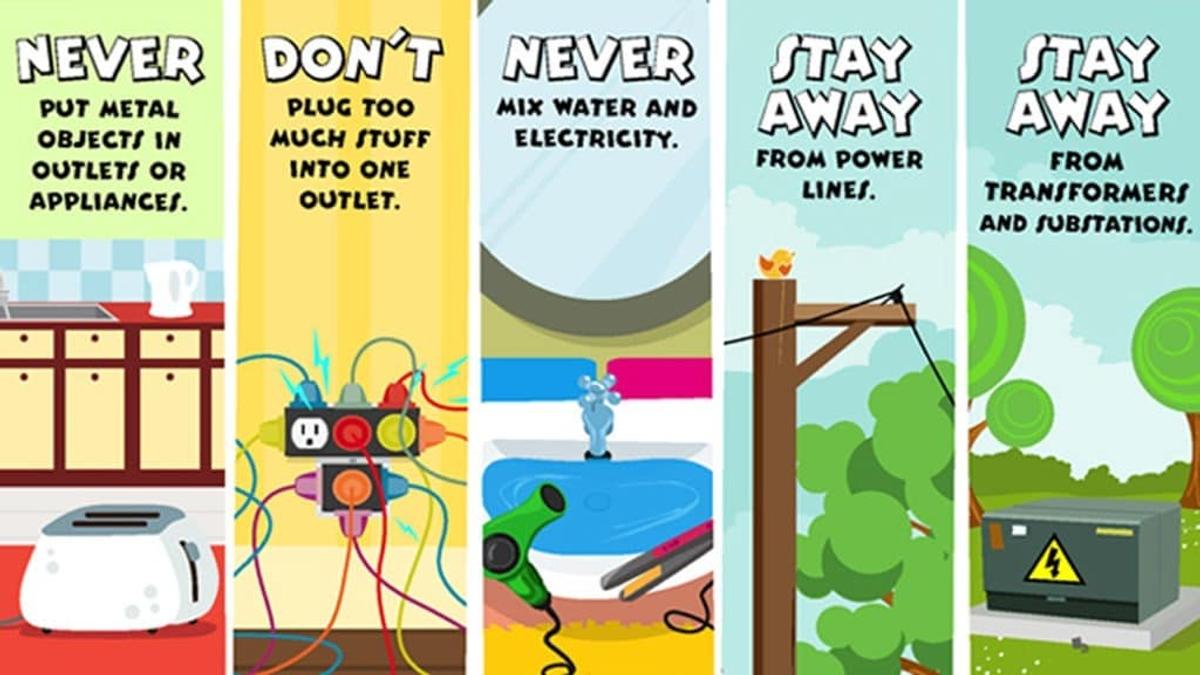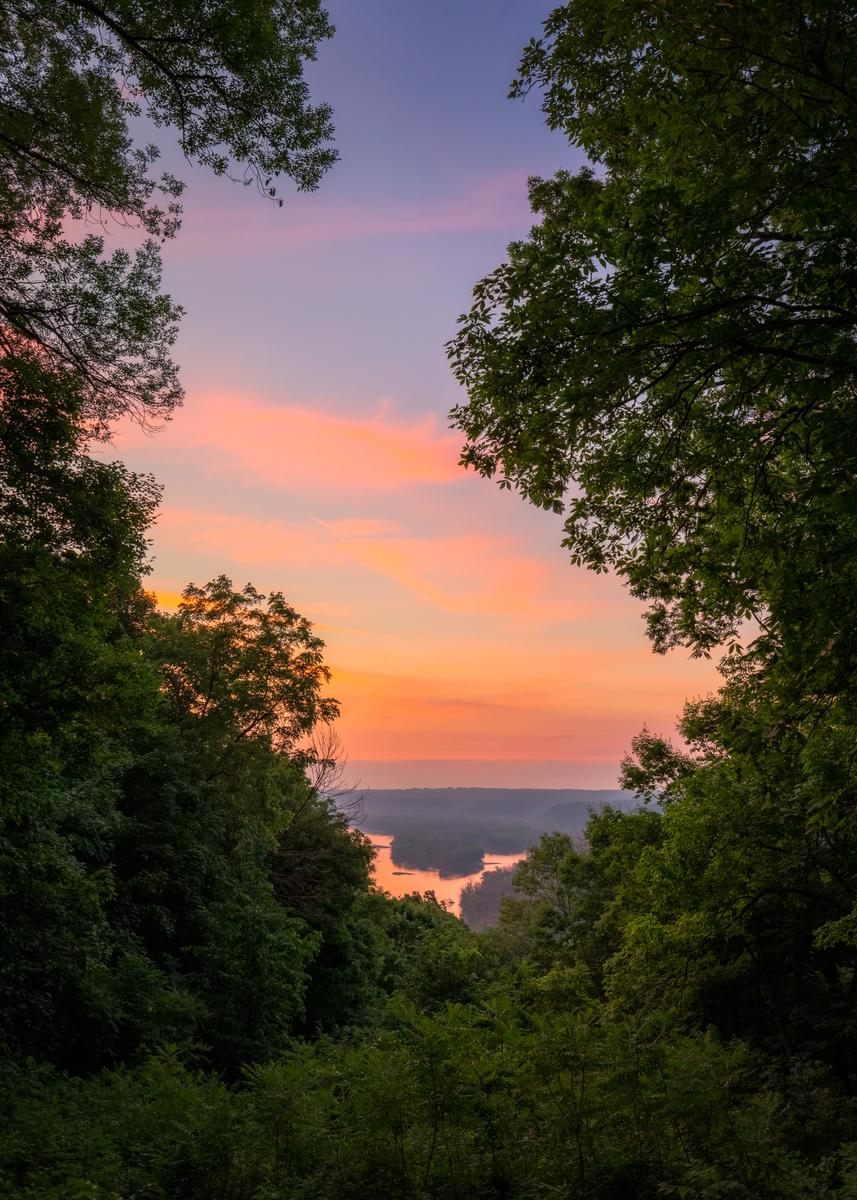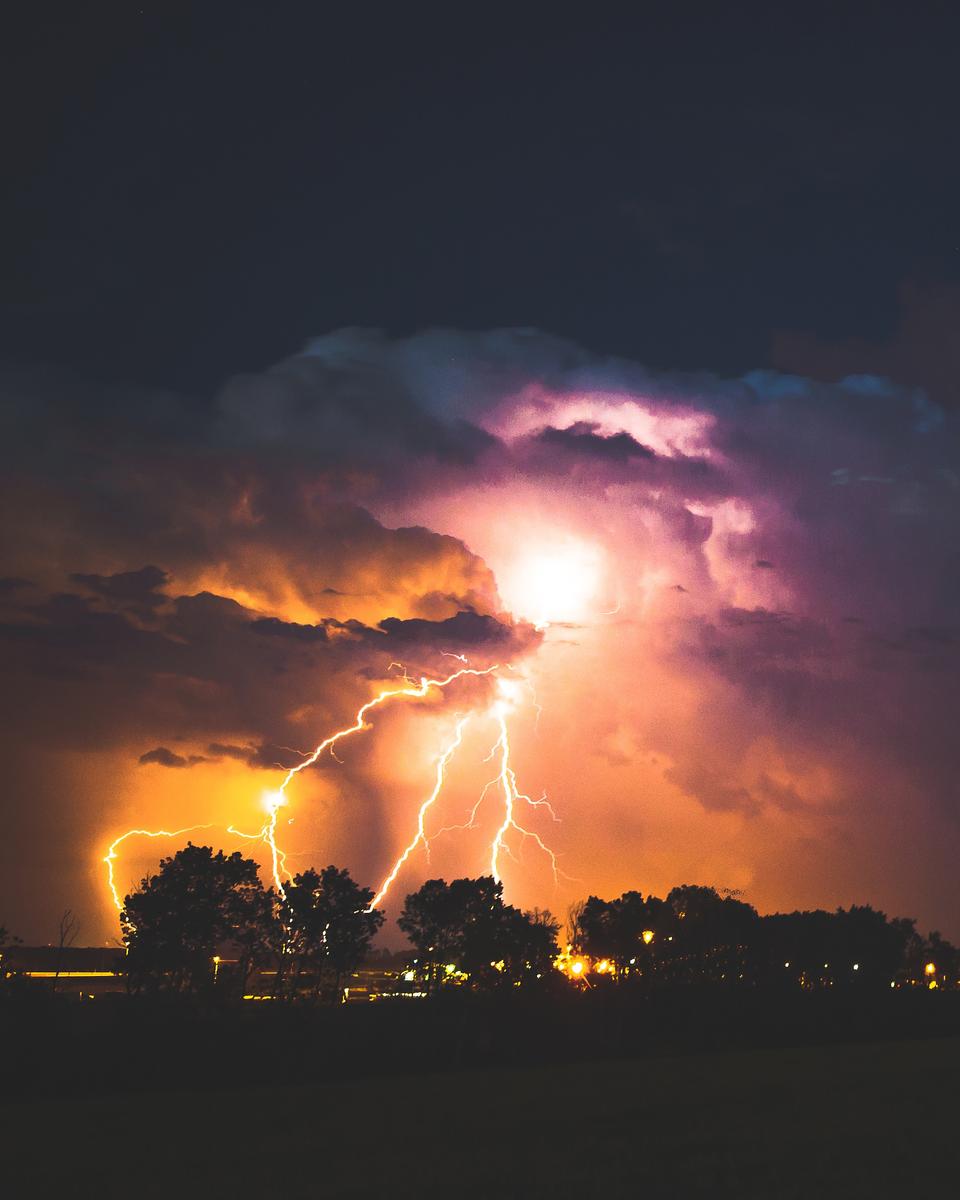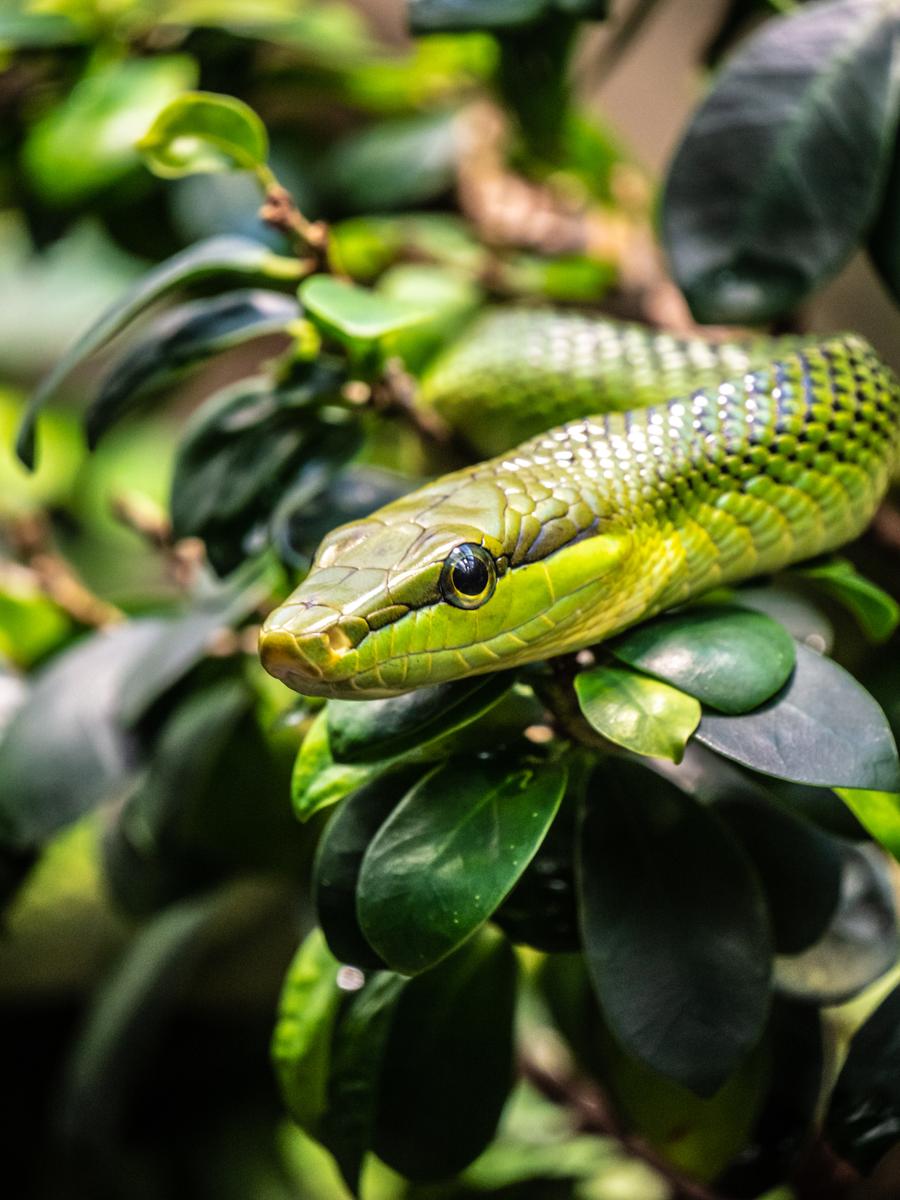4.9 Safety and First aid in Australia

Home Fire Safety
International students are increasingly appearing in statistics related to fire incidents and deaths in Australia. Sadly, most of these fires are preventable. You can take some simple steps to reduce the risk of fire in your accommodation. Follow the fire safety tips below to help you reduce the chance of fire in your accommodation:
Smoke Alarms
When you are sleeping you cannot smell smoke. Smoke alarms save lives. They wake you and alert you to the danger from smoke and fire. You MUST have a smoke alarm where you live, it is the law. All homes must have a smoke alarm on each level. Landlords are legally responsible for installation of alarms in rental properties. Tenants are responsible for testing and maintaining alarms.
Look after your smoke alarm, it can save your life.
- Test your smoke alarm monthly by pressing the test button.
- DON’T remove the battery
- DON’T take the smoke alarm down
- DON’T cover the smoke alarm
- Replace the battery in your smoke alarm yearly.
- Regularly vacuum over and around your smoke alarm to remove dust and debris to keep it clean.
- If there is no smoke alarm or it does not work report it to your landlord.
Electricity
The safe use of electricity assists in preventing house fires.
- Improper use of power boards and double adaptors can lead to fires.
A double adaptor or a powerboard plugged into another double adaptor or powerboard creates a danger of overloading the system. For safety, use a single extension cord rather than joining shorter cords. Leaving an extension cord coiled while in use or placing a cord under floor coverings can cause overheating.
- Be careful to keep electrical appliances away from water.
A hair dryer takes time to cool down. For safety, allow this to happen on a inflammable surface before storing it.
Computers, monitors and TVs can overheat and cause fires even when not in use.
They should be turned off after each session. Good air circulation is necessary around TVs and videos. TVs should be turned off at the set, not only with the remote control.
- Light globes can become very hot.
It is dangerous to cover a lamp with any type of fabric. To dim a lamp it is recommended that a lower wattage globe is used.
Heaters
It’s nice to keep yourself warm in the cooler weather, but remember heaters are a major cause of house fires.
- Read and follow the operating instructions for your heater.
- All clothes and curtains should be at least one metre from the heater.
- Turn off all heaters before you leave your room or go to bed.
- Before you go to bed at night or leave your home, ensure heaters are turned off at their power source and fires are extinguished.
Candles, Oil Burners and Cigarettes
Candles, oil burners and cigarettes can all be dangerous fire hazards.
- Use ashtrays for cigarettes
- Dampen cigarette butts before putting them in the rubbish.
- Make sure your candles are on properly designed candle holders.
- Don’t leave your room when a candle or oil burner is alight.
- Don’t go to sleep when a candle or oil burner is alight.
- Do not put candles or oil burners near windows; be careful, curtains can catch fire easily.
Cooking
Most house fires start in the kitchen.
- Prepare food only in the kitchen.
- Always stay in the kitchen while food is cooking.
- Hot oils and fats catch fire easily.
- DO NOT use water to put out an oil fire.
- Use a dry powder extinguisher, fire blanket or saucepan lid to extinguish, “If Safe To Do So”.
- Turn off the cooking appliance before you leave the room or go to bed.
Plan Your Escape
In a Fire:
1. Get down on the floor. Crawl to the door.
2. Get out of your room.
3. Close the door. This prevents smoke and fire from spreading
4. Alert others.
5. When outside stay out.
6. Call 000.
(Source: Metropolitan Fire Brigade, Melbourne. www.mfb.vic.gov.au)
Sun Safety
Australia has the highest rate of skin cancer in the world. In fact, one in every two Australians will be diagnosed with skin cancer at some point during their lifetime. The good news is it can be prevented. By minimising your exposure to the sun’s damaging ultraviolet radiation (UVR), you can protect your skin and prevent the development of skin cancer.
Sun Protection
Skin cancer and skin damage are caused by being exposed to the sun’s harmful ultraviolet radiation (UVR). The key to preventing skin cancer is to protect your skin from the sun by practising sun safe behaviours.
There are six simple steps you can follow to reduce your risk of skin cancer and protect your skin:
- Minimise your time in the sun between 10am and 3pm
- Seek shade
- Wear suitable clothing that provides good sun protection
- Choose a broad brim, legionnaire-style or bucket-style hat that will protect your face, neck and ears
- Wear UV protective sunglasses
- Apply SPF 30+ broad spectrum, water-resistant sunscreen 20 minutes before you go out into the sun.
Beach Safety
Understanding the ocean is very important - the more you know about how waves, wind and tides affect conditions in the water, the better able you are to keep yourself safe, or even rescue others, from danger. Recognising danger signs and awareness of surf conditions is an essential part of lifesaving.
Remember the F-L-A-G-S and Stay Safe
F Find the flags and swim between them - the red and yellow flags mark the safest place to swim at the beach.
L Look at the safety signs - they help you identify potential dangers and daily conditions at the beach.
A Ask a surf lifesaver for some good advice - surf conditions can change quickly so talk to a surf lifesaver or lifeguard before entering the water.
G Get a friend to swim with you - so you can look out for each other's safety and get help if needed. Children should always be supervised by an adult.
S Stick your hand up for help - if you get into trouble in the water, stay calm, and raise your arm to signal for help. Float with a current or rip - don't try and swim against it.
And remember – NEVER
Never swim at unpatrolled beaches
Never swim at night
Never swim under the influence of alcohol
Never run and dive into the water
Never swim directly after a meal
The Surf Environment
Rips
A rip is a strong current running out to sea. Rips are the cause of most rescues performed at beaches. A rip usually occurs when a channel forms between the shore and a sandbar, and large waves have built up water which then returns to sea, causing a drag effect. The larger the surf the stronger the rip. Rips are dangerous as they can carry a weak or tired swimmer out into deep water.
Identifying a Rip
The following features will alert you to the presence of a rip:
darker colour, indicating deeper water
- murky brown water caused by sand stirred up off the bottom
- smoother surface with much smaller waves, alongside white water (broken waves)
- waves breaking further out to sea on both sides of the rip
- debris floating out to sea
- a rippled look, when the water around is generally calm
Surf Skills:
Escaping from a Rip
If you are caught in a rip:
- Don't Panic - stay calm
- If you are a strong swimmer, swim at a 45 degree angle across the rip and in the same direction as the current until you reach the breaking wave zone, then return to shore
- If you are a weak or tired swimmer, float with the current, don't fight it. Swim parallel to the shore for about 30 - 40m until you reach the breaking wave zone, then swim back to shore or signal for help.
- Remember to stay calm and conserve your energy.
Negotiating the Surf
Before entering the surf, always make note of a landmark such as a building or headland that can be seen from the water and used as a guide for maintaining a fixed position. Also check the depth of any gutter and the height of any sandbank before diving under waves – this will help prevent spinal injury.
When going out through the surf, negotiate the shallows by a high hurdle type of stride until the breakers reach your waist or until your progress is slowed.
Waves of any size and force should not be fought against and should be negotiated by diving underneath, giving you time to reach the bottom and lie as flat as possible on the sand while the wave passes over.
Your hands can be dug into the sand in front at arm's length for stability and as a pull forward when ready to surface.
If the water is deep enough, bring your knees up under your body so you can get a good push off the bottom, like an uncoiling spring. This gives added force to your next dive. Repeat this process until in chest-deep water, then start swimming.
If a broken wave approaches when the water is not too deep, dive down and run or crawl along the bottom. In deep water, do not use extra energy trying to reach the bottom; instead duckdive to just below the turbulence. Wait for the wash to pass and then push or kick to the surface (off the bottom, if possible).
Stick to your predetermined path on the swim out.
Check your position by occasionally raising your head for a quick look when swimming on top of a swell.
(Source: Surf Lifesaving Australia)
Bush & Outback Safety
Australia has many extraordinary and beautiful places to explore. If you are going on a trip, travel with other people, make sure someone knows where you are at all times and stay on a road or a walking track.
In the Bush
Be prepared if you plan some time in our bushland. Plan your hike. Remember it is unlikely you’re your mobile phone will work in the bus so always tell someone where you are going and what time you expect to return. Let them know when you return safely.
- Check the weather forecast and be prepared for unexpected changes in weather.
- Check the length and degree of difficulty of your planned walk. Consider using a local guide when taking long or difficult walks.
- When walking or exploring outdoors drink plenty of water (allow at least one litre of water per hour of walking). Wear sturdy shoes and socks, a hat, sunscreen lotion, comfortable clothing and insect repellent. Other handy items for long bushwalks include food, warm clothing, first aid supplies, a torch and a map.
- Never walk alone. Read maps and signs carefully. Stay on the track and stay behind safety barriers.
- Never dive into a rock-pool, creek, lake or river. Stay away from cliff edges and waterfalls.
- Do not feed or play with native animals. You might get bitten or scratched.
- Limit your use of fire. Use a fuel stove for cooking and wear thermal clothing to keep warm. Never leave fires unattended or unconfined.
- Visit the ranger station or park information centre to obtain details on the best places to visit and any additional safety tips for that park.
Advice for Motorists Caught in Bush Fires
Bush fires are common occurrences in Australia during our often long hot summers. If you are in smoke and fire-affected areas, you should stay off the roads. If you must get in the car, put your headlights on, dress in protective clothing and footwear and make sure you take food and water - you could be stuck for long periods if your journey is blocked by road closures. Turn the car radio on and keep it tuned to local stations for bush fire updates
- If you are caught in the middle of a bush fire, park the car immediately and remain calm
- Look for a clear area, preferably off the road. Areas clear of grass or bush are safest - they will not sustain fires of high intensity
- Do not leave the vehicle. Many people have lost their lives by exiting the vehicle only to be trapped on foot in the open. Your vehicle will help protect you from radiant heat, the chief danger
- Switch the ignition off. It is unlikely that a vehicle´s fuel tank will explode from the heat of a passing bush or grass fire
- Close all windows and vents or turn vents to recycle
- Put the headlights on so that the car is as visible as possible, especially to fire tankers
- Everyone must get down on the floor, below window height and cover all exposed skin with a wool or cotton blanket. Do not use synthetics, which may give off toxic vapours or melt
- Stay in the vehicle until the fire front has passed. Generally this will take between 30 seconds and one minute. During this time it will be hot, noisy and frightening. It will last a short time even though it may seem longer
- If you have water, drink it
- Never attempt to drive through smoke or flame. Crashes can occur when drivers run off the road, striking trees or other cars
- Once the fire front has passed, exit the vehicle and inspect it for damage before proceeding
- Do not proceed until you are satisfied that the fire has passed and that you are not likely to be trapped a second time
- Falling trees and branches are a hazard during and after intense fires. Do not park or drive under trees
- Exit the area as quickly as possible. Remember fire vehicles may be trying to enter the area and your presence may hinder fire fighting operations.
(Source: NRMA)
In the Outback
Australia’s outback is vast. Our remote wilderness areas have few towns and facilities, often with large distances between them, so be aware and plan your trip.
- When planning each day of travel spend some time to calculate how long it will take to drive between destinations. Be realistic about how far you can drive in a day.
- Inform family and friends or the local police of your travel plans. The local police can also provide helpful advice on facilities and road conditions.
- Always carry a current road map.
- Make sure your vehicle is in good working order and has been serviced recently.
- Use a four-wheel drive vehicle on unsealed roads in remote areas. Take extra care when driving these vehicles. For example, drive at reduced speeds on unsealed roads.
- Always carry a spare tyre, tools and water. If travelling to remote areas off major highways take extra food, water, fuel and tyres. Do not overload your vehicle and never carry spare fuel inside an enclosed vehicle.
- If you have trouble with your vehicle, don’t leave your vehicle because it will provide you with shade and protection from the heat. Wait for help to come to you.
- Hire appropriate emergency communication equipment, such as a satellite phone or an Emergency Position Indicating Radio Beacon device (EPIRB).
- Obey road closure signs and stay on recognised routes.
- Fires in desert and bush areas can spread very quickly. If required, be prepared to evacuate the area immediately.
- Australian wildlife and livestock often graze on the roadside and can stray onto the road. Be very careful when driving at sunrise, sunset and at night, when animals are most active. If an animal crosses in front of you brake gently, do not swerve wildly to avoid it.
- During daylight hours always drive with your headlights on low beam, as outback conditions can make it difficult to see oncoming vehicles.
- Do not rely on your mobile phone as it is unlikely to work in the outback unless you have a satellite phone.
(Source: Visit Victoria. com)
Storm Safety
Storms can happen anywhere and at any time of the year. Storms are more common during storm season – from October to the end of April, but it is important to be aware all year round.
Severe storms can cause major damage. They may be accompanied by torrential rain, strong winds, large hailstones, loud thunder and lightning. Storms can cause flash flooding, unroof buildings, and damage trees and powerlines.
You can also be indirectly affected by storms even if your property is not damaged; such as loosing power, or access roads being cut.
The SES is responsible for managing the clean-up and helping people during and after a storm.
During a storm, there are some things you can do to stay safe:
- Stay indoors and away from windows.
- Unplug sensitive electrical devices like computers, televisions and video recorders.
- Listen to your radio for weather updates.
- Don’t use a landline telephone during an electrical storm
If you are caught outside during storm
- Get inside a vehicle or building if possible.
- If no shelter is available, crouch down, with your feet close together and head tucked in.
- If in a group – spread out, keeping people several metres apart.
Dangerous Animals & Plants
Australia is home to a variety of native animals. Even if they seem friendly to you, do not touch or feed them - they are not used to close contact with humans and may hurt you.
If you are visiting any of Australia’s beautiful parks or forests:
- Be wary of animals in their natural habitat. Stay well back from goannas, crocodiles, snakes, dingoes, cassowaries, and also wild pigs, cattle, horses and buffaloes. People have been seriously injured or killed by wild animals. Be very careful about approaching any injured animal, such as kangaroos or possums. They are likely to bite and scratch if you attempt to touch or move them.
- Never feed or play with wildlife. Native animals are by nature timid, however, having been provided food from people, may become aggressive in pursuit of food. You may get bitten or scratched. In addition, human foods may be harmful to native animals.
In the warm waters of Tropical Queensland and Northern Territory
- Take care to avoid marine stingers (such as box jellyfish)
- Do not enter water where crocodiles may live
Bites and Stings
The majority of insects in Australia are not harmful to humans. Some insects bite and sting if they are threatened so it is best to avoid touching them if you want to avoid being stung or bitten.
The Australia-wide Poisons Information Centres have a common telephone number: 131 126
Some people are allergic to certain insect bites or venom. In the case of an allergic reaction to bites or stings, medical attention should be sought immediately. Call a doctor or hospital for guidance, or 000.
Anaphylaxis – allergic reactions
Anaphylaxis is a severe allergic reaction that can occur in sensitive individuals from exposure to any chemicals foreign to the body, including bites and stings, plants, or medications. Parts of the body, for example the face or throat swell up so much that the patient can't breathe. In severe cases the patient may go into shock within a few minutes and the heart can stop. For any patient who shows signs of anaphylaxis, call 000 for an ambulance, and have the patient taken immediately to the emergency department of the nearest hospital.
General First Aid for Bites and Stings
For bites or stings from these creatures seek first aid assistance straight away, stay calm, and as immobile as possible.
- all species of Australian snakes, including sea snakes
- funnel web spiders
- blue ringed octopus
- cone shell stings
For all other bites and stings: Seek or apply basic first aid.
- Wash with soap and water and apply an antiseptic if available
- Ensure that the patient's tetanus vaccination is up to date
- Apply an ice-pack to reduce local pain and swelling
- Pain relief may be required eg. paracetamol or an antihistamine (to reduce swelling, redness and itch)
- The patient should seek medical advice if they develop any other symptoms or signs of infection.
For further information: https://www.health.qld.gov.au/public-health/topics/
(Source Queensland Health)







